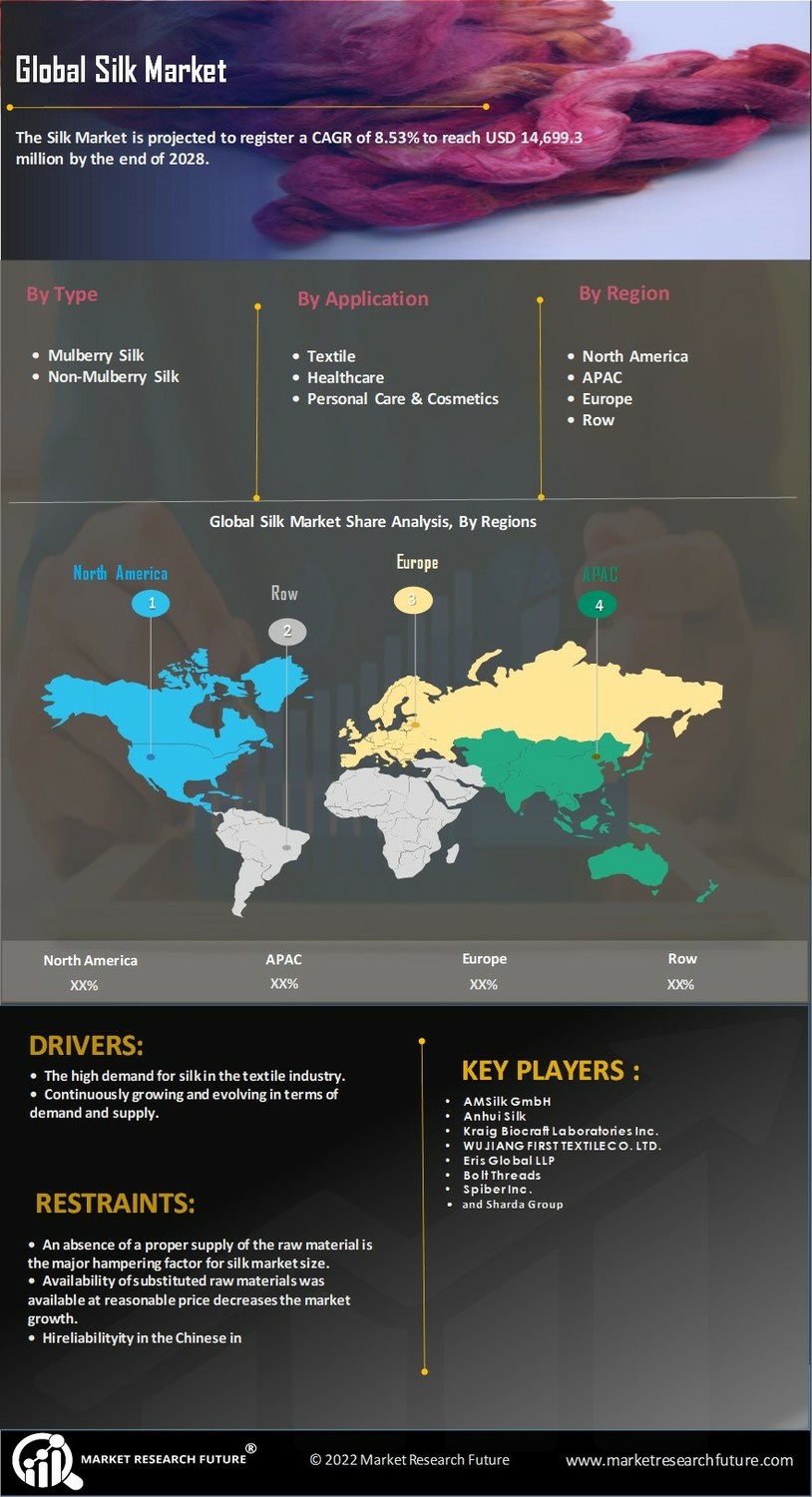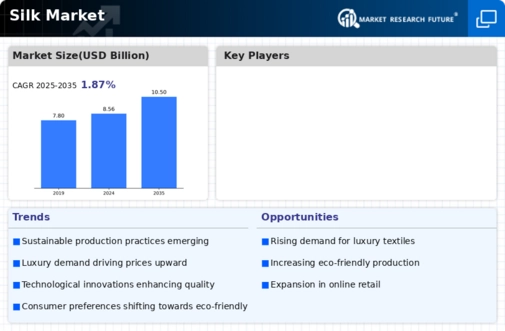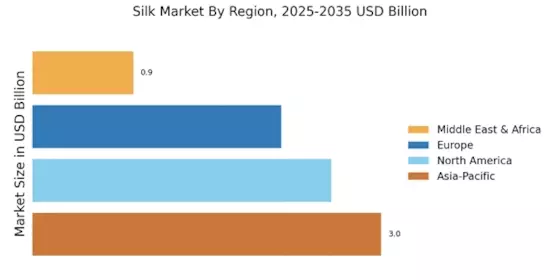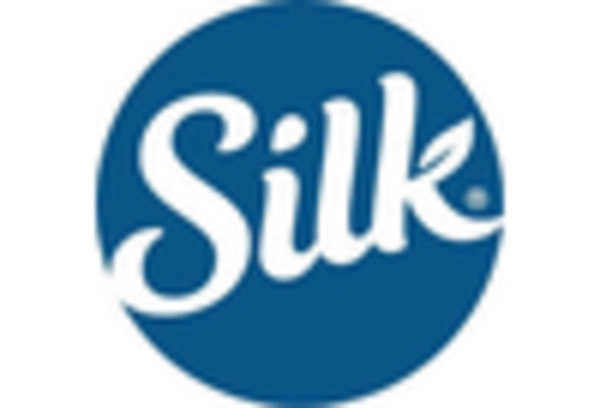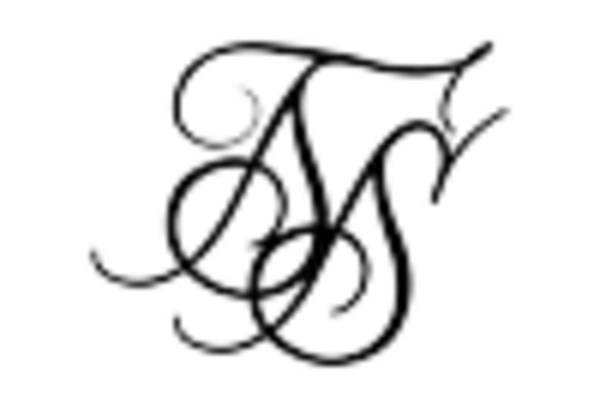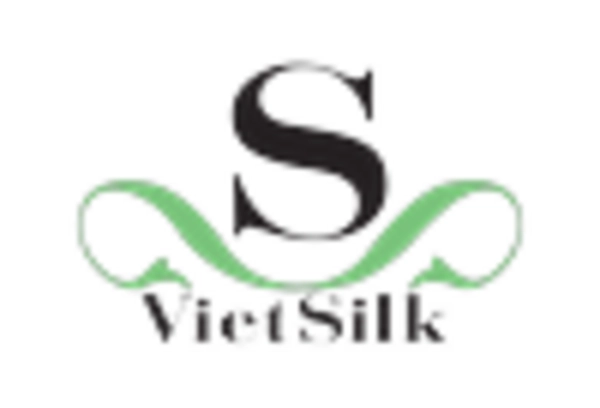Integration with Fashion Trends
The Silk Market is increasingly intertwined with contemporary fashion trends, as designers incorporate silk into their collections to create luxurious and stylish garments. The resurgence of vintage and retro styles has further fueled the demand for silk, as it is often favored for its drape and sheen. Fashion weeks and industry events showcase silk prominently, influencing consumer purchasing decisions. This integration with fashion trends suggests that the Silk Market will continue to thrive, as it adapts to the evolving tastes of consumers and the dynamic nature of the fashion landscape.
Rising Demand for Luxury Textiles
The Silk Market share experiences a notable increase in demand for luxury textiles, driven by consumer preferences for high-quality, premium materials. As disposable incomes rise, particularly in emerging economies, consumers are increasingly willing to invest in silk products, which are often associated with elegance and sophistication. This trend is reflected in the growing sales of silk garments and home furnishings, with the market projected to reach a valuation of approximately 18 billion USD by 2026. The Silk Market is thus positioned to benefit from this shift towards luxury consumption, as brands capitalize on the allure of silk to attract discerning customers.
Growing Applications in Home Decor
The Silk Market is witnessing a surge in demand for silk products in home decor, as consumers seek to enhance their living spaces with luxurious materials. Silk Market curtains, cushions, and upholstery are becoming increasingly popular, reflecting a broader trend towards opulent home environments. The market for silk home textiles is projected to grow significantly, driven by rising consumer interest in interior design and aesthetics. This trend indicates that the Silk Market is not only limited to fashion but is also expanding into lifestyle segments, potentially leading to new opportunities for growth.
Sustainability and Eco-Friendly Practices
Sustainability has become a pivotal concern within the Silk Market, as consumers increasingly prioritize eco-friendly products. The demand for organic and sustainably sourced silk is on the rise, with brands adopting practices that minimize environmental impact. This shift is evidenced by the growing number of certifications for sustainable silk production, which appeal to environmentally conscious consumers. The Silk Market is likely to see a surge in products that emphasize ethical sourcing and production methods, potentially leading to a more robust market presence for brands that align with these values.
Technological Innovations in Silk Production
Technological advancements are reshaping the Silk Market, enhancing production efficiency and product quality. Innovations such as automated weaving and dyeing processes are streamlining operations, reducing costs, and improving the consistency of silk products. Furthermore, research into synthetic alternatives and bioengineered silk is gaining traction, potentially expanding the market's offerings. The Silk Market may witness a transformation as these technologies not only improve traditional silk production but also introduce new, innovative products that cater to diverse consumer preferences.
